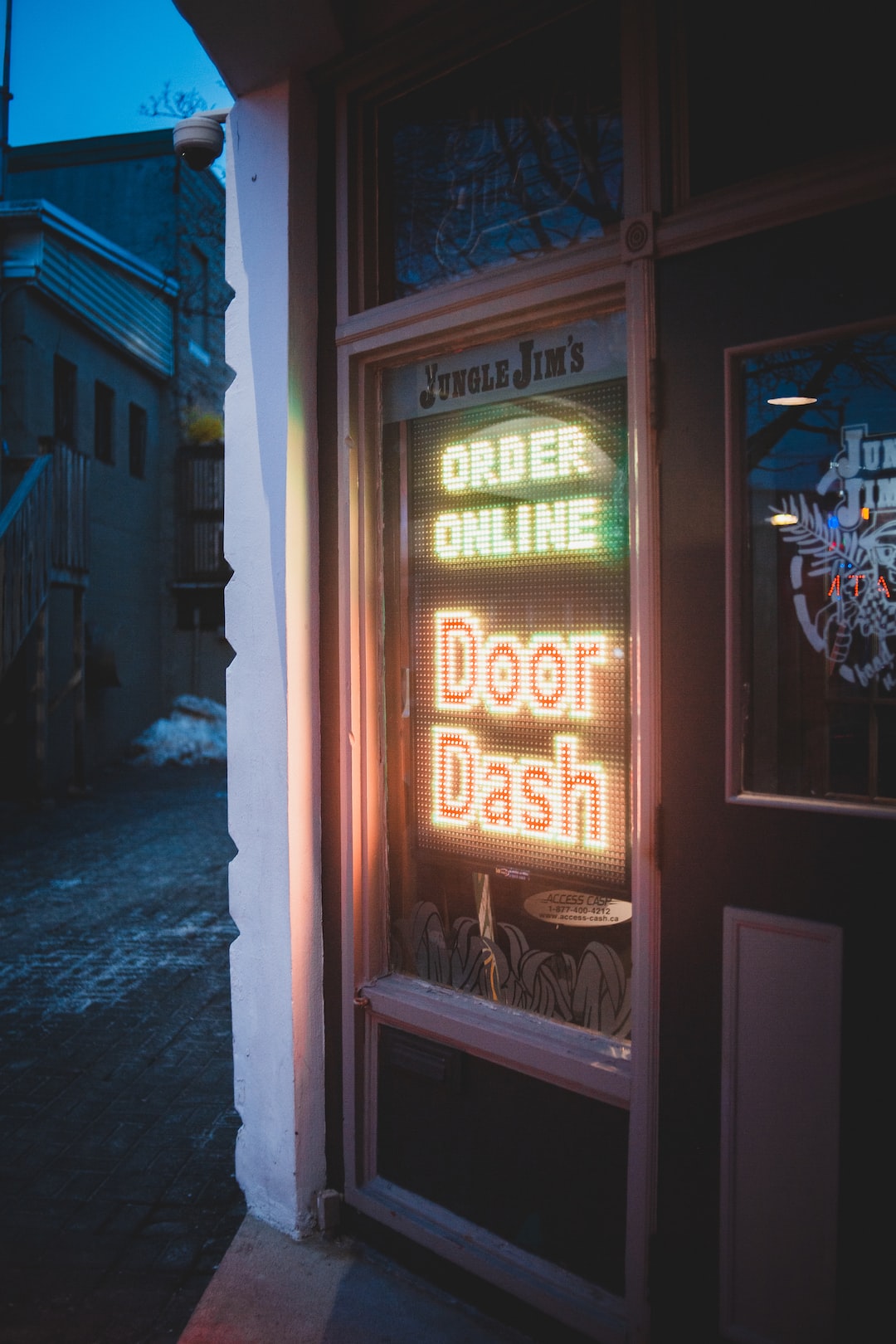The Impact of Online Retail on Traditional Brick-and-Mortar Stores
The rise of online retail has undoubtedly reshaped the landscape of the business world. Traditional brick-and-mortar stores, once the primary means of purchasing goods, now face fierce competition from their online counterparts. This shift has resulted in significant impacts on the way these traditional stores operate, their financial health, and the overall customer experience.
One of the most apparent consequences of online retail is the decline in foot traffic experienced by brick-and-mortar stores. With the convenience and accessibility offered by online shopping, consumers now have the option to browse and purchase products from the comfort of their own homes. This has, in turn, led to a decrease in physical visits to stores and a corresponding drop in sales for many traditional retailers.
Moreover, online retail has also greatly diminished the boundaries of geographical constraints. Previously, customers were limited to the stores in their vicinity, but now they can effortlessly explore a plethora of options from all over the globe. This has led to increased competition for traditional stores, as they now face competition not just from local businesses, but from other retailers worldwide.
The financial impact on traditional stores has been significant. Many brick-and-mortar retailers have struggled to adapt to the online landscape, leading to store closures and job losses. Reduced sales, combined with the high costs associated with maintaining physical stores, have put immense pressure on traditional retailers. In contrast, online stores have fewer overhead costs, such as rent and staff, allowing them to offer competitive pricing and wider product ranges.
Additionally, traditional retailers have had to invest heavily in technology and digital infrastructure to keep up with the rapidly evolving demands of customers. This includes improving online presence and implementing e-commerce platforms to provide customers with a seamless online shopping experience. While these efforts have helped some stores retain customers, they often require significant financial and technological investments, which may not be feasible for all businesses.
The shift towards online retail has also brought forth a transformation in the shopping experience for consumers. With online shopping, customers benefit from personalized recommendations, user reviews, and the convenience of doorstep delivery. These advantages, coupled with the ease of comparison shopping, have made online retail increasingly appealing to consumers. As a result, traditional retailers have had to find ways to enhance the in-store shopping experience, offering unique services, creating engaging spaces, and emphasizing the value of immediate product availability.
However, it is crucial to note that while online retail has had a significant impact on traditional stores, these physical outlets still hold intrinsic value. Many customers still prefer the tangible experience and personal touch offered by brick-and-mortar stores. In addition, certain industries, such as clothing and furniture, heavily rely on customers being able to see, touch, and try their products before making a purchase. For these reasons, traditional retailers have an opportunity to leverage their physical presence and foster customer loyalty through exceptional customer service and curated in-store experiences.
To survive in this ever-evolving landscape, some traditional retailers have opted to integrate online and offline channels, creating a cohesive omnichannel approach. By offering both online and physical shopping options, traditional retailers can cater to the preferences of a diverse customer base. This integration allows customers to research, purchase, and return products across various channels, providing a seamless and interconnected shopping experience.
In conclusion, the impact of online retail on traditional brick-and-mortar stores cannot be ignored. The decline in foot traffic, financial challenges, and the need to adapt to the changing expectations of customers have presented significant hurdles for traditional retailers. However, it is crucial for these businesses to recognize the unique advantages they possess and leverage them to create differentiated experiences that cannot be replicated online. The future will inevitably see an increased melding of online and offline retail, with both models coexisting in harmony to meet the diverse needs and preferences of consumers.

